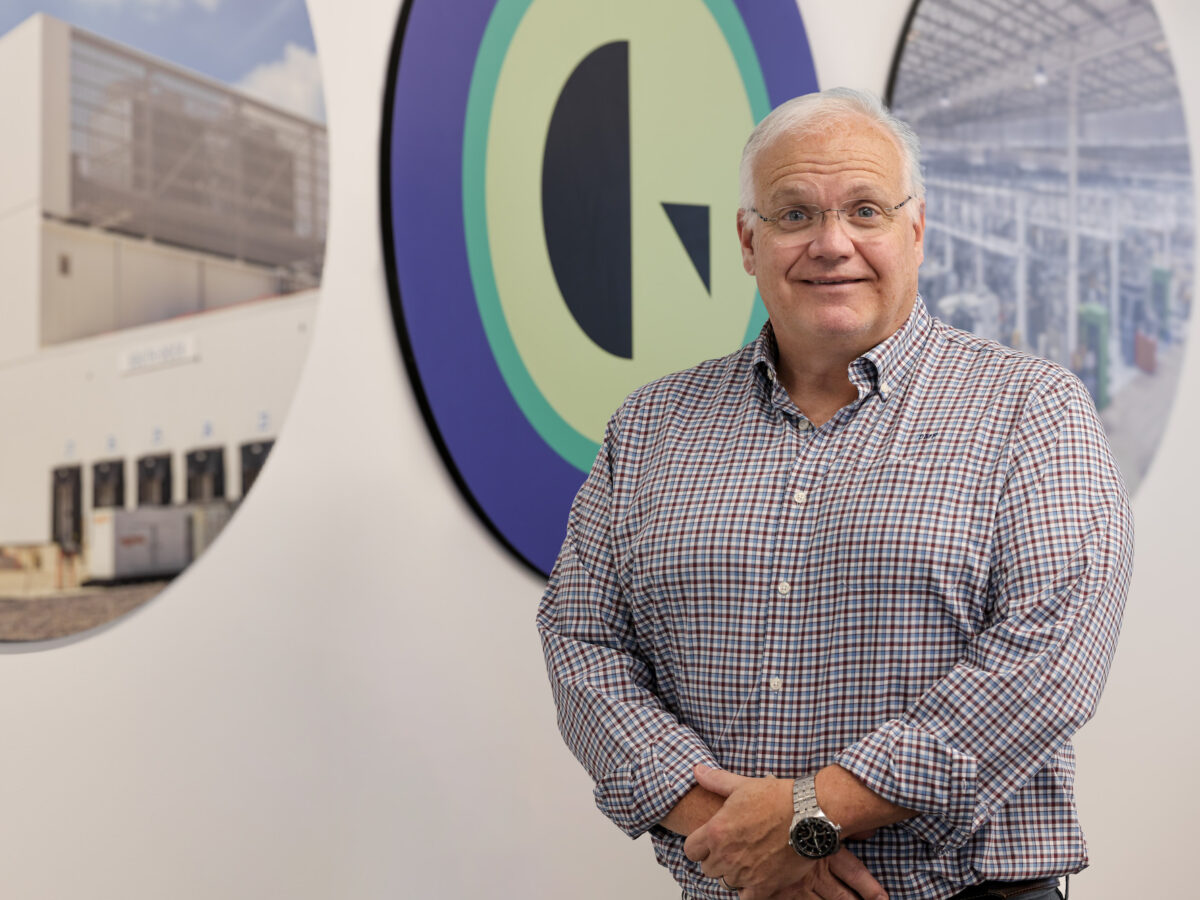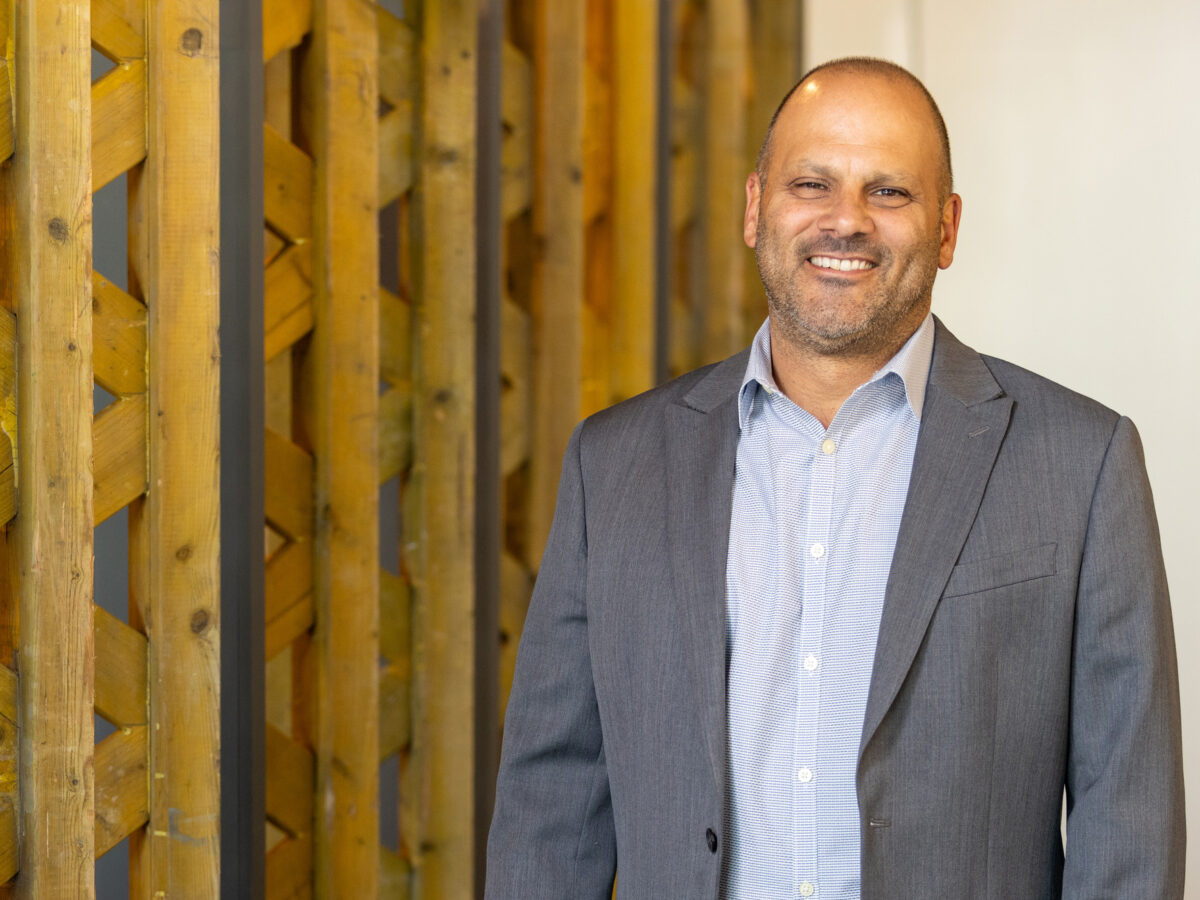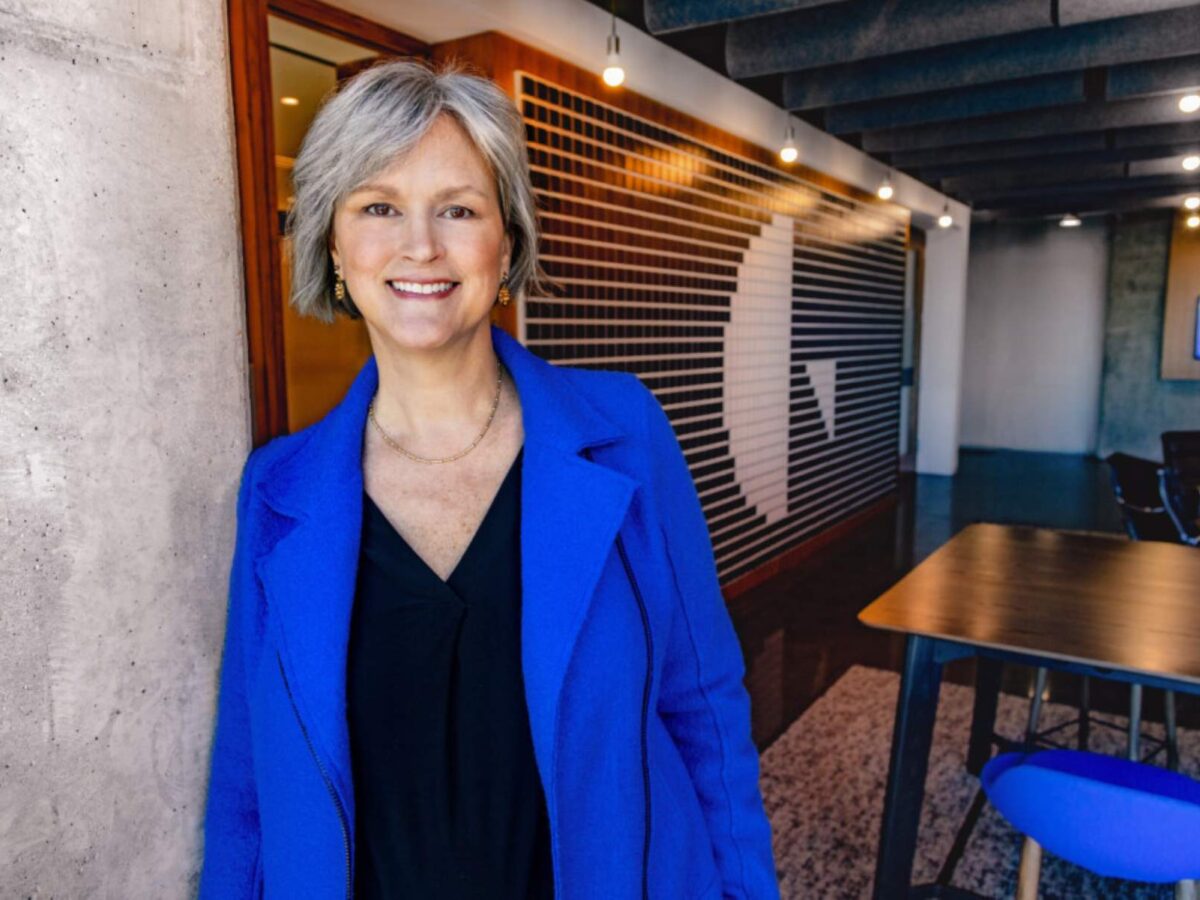As the electric vehicle (EV) market continues to grow, a large number of international battery manufacturing giants are establishing their presence in North America. Often, these arrangements feature a global automaker with a battery technology partner that is putting together a joint venture to develop the lithium-ion batteries needed for a new fleet of EVs. To succeed, the lead architecture and engineering firm must understand their client’s business and manage a global team tasked with delivering a facility in North America.
As a leading design firm for battery plants, we know how critical it is to navigate the complexity of a global team. In this blog post, I’ve outlined the five best practices for servicing international clients that are pivotal tools for success.

Understanding the Culture
This topic is tricky due to many components that contribute to a “culture.” For example, there is a national culture, such as bowing as an initial meeting gesture, which is still practiced in many parts of Asia to show respect. There is also corporate culture. In other words, how an organization handles their decisions and participation. Finally, there is a project or team culture, such as how different project participants set expectations and work together. The more you know and understand these different cultural expectations, the more likely it is that you’ll become a trusted service provider.
Working With International Time Zones
As we experience four different time zones in continental North America with a time difference of up to three hours, many of our international clients, especially from Northeast Asia, have more than a 13-hour time difference. This means having a morning meeting when your team member or client is in an evening time zone—and vice versa. Although many of our international clients have representatives near a project, often clients have many of their staff overseeing projects from their native headquarters. Thoroughly planned, scheduled and coordinated meetings are critical, especially when the project is international, involving multi-language, multidisciplinary teams.
Closing the Language Gap
We have all heard the term “lost in translation.” In large projects with state-of-the-art complexity, the importance of communication and not having things become lost in translation is crucial. Having seasoned bilingual professionals with technical backgrounds is very important during the life cycle of any project.
Some companies approach this situation by simply having a translator. However, translators often fall short of delivering important technical aspects of a message when they’re under pressure and the stakes are high. This leads to miscommunications that fall short of conveying the full technical message or information that needs to be relayed or transferred. When you start missing bits and pieces of information, that becomes a risk that will hinder the progress of a project. Having experienced, bilingual technical professionals who can speak the client’s language will have a tremendous impact on the quality of the project.
Customizing the Service for the Client
Every client has unique needs in terms of business type and product. Understanding their unique needs early will position a firm to provide valuable services that other companies cannot offer. This is a byproduct of proactive, clear communication that is established with the client from the beginning of a project. A customized approach will earn the trust of their clients.
Setting Expectations
International clients have different expectations from what we are accustomed to in the U.S. Setting proper expectations at an early stage will translate to success for the entire duration of the project’s life cycle. Through strong communication and understanding of the client’s needs, you will gauge the expectation properly and then set the stage accordingly.
A Key Differentiator
There are many ways to provide outstanding and quality services for clients, but additional attention to communication, setting expectations, and a customized approach when providing services for international clients is essential. Having an array of competent professionals, ranging from senior leadership to junior staff, who understand the culture and language, and are backed by solid, specialized knowledge and technical expertise, has allowed our firm to earn a 91% repeat customer rate.
Although working with international clients can pose some uncertainties, keeping these five best practices top of mind will not only help bridge important cultural gaps, but will also become a key differentiator for an international team in an ever-evolving, competitive global economy.












